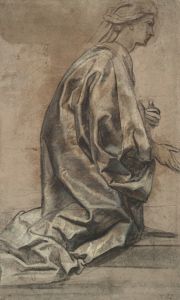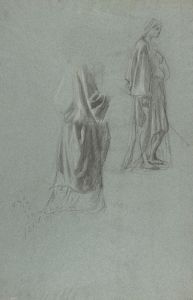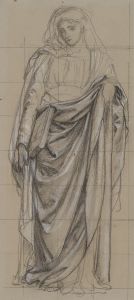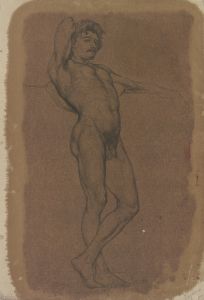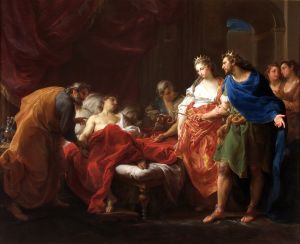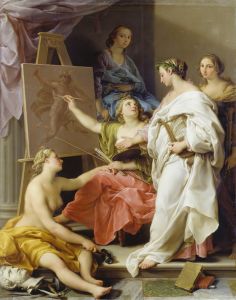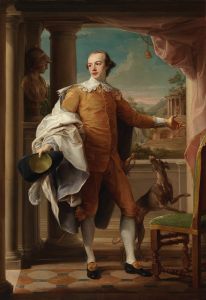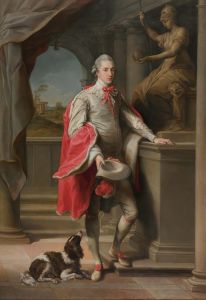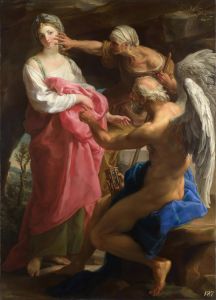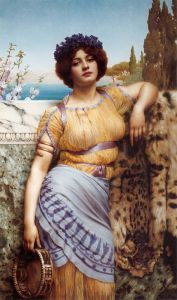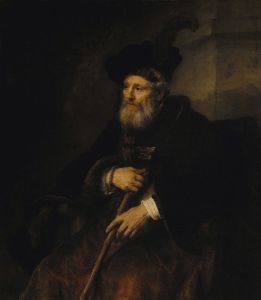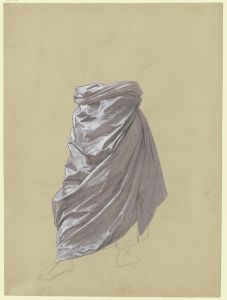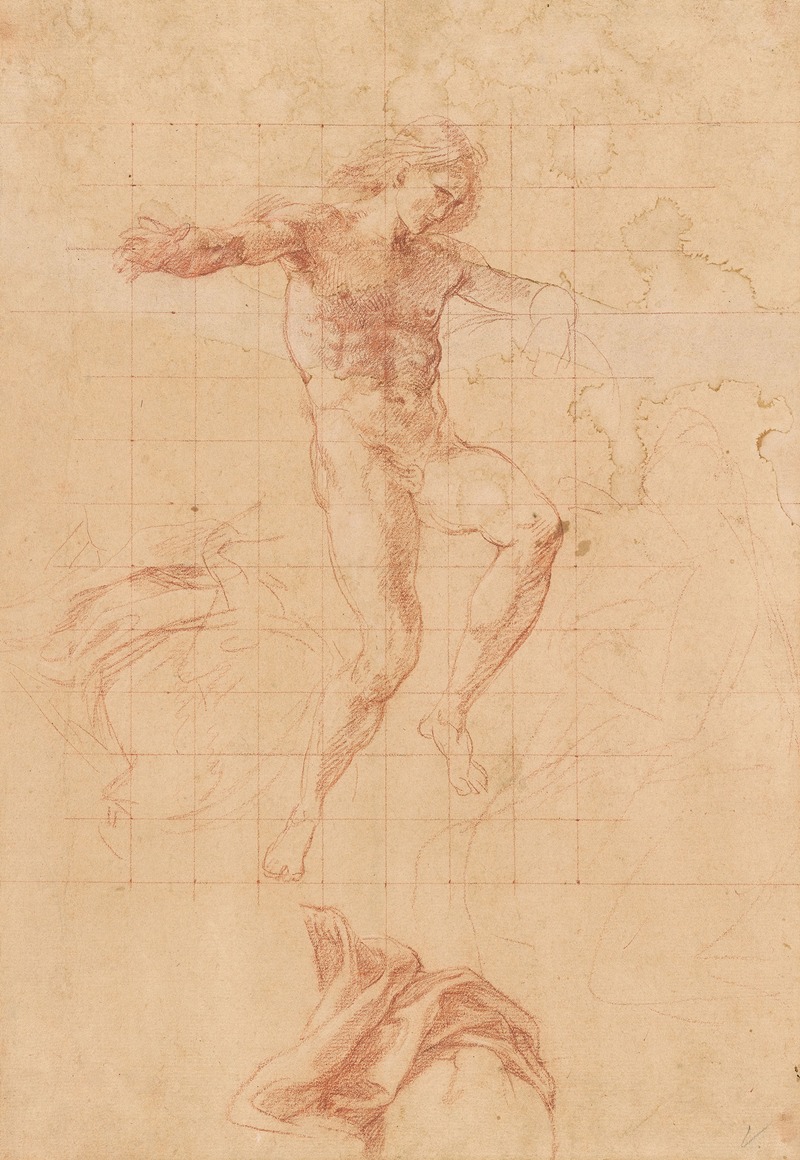
Nude Study and Drapery Details
A hand-painted replica of Pompeo Batoni’s masterpiece Nude Study and Drapery Details, meticulously crafted by professional artists to capture the true essence of the original. Each piece is created with museum-quality canvas and rare mineral pigments, carefully painted by experienced artists with delicate brushstrokes and rich, layered colors to perfectly recreate the texture of the original artwork. Unlike machine-printed reproductions, this hand-painted version brings the painting to life, infused with the artist’s emotions and skill in every stroke. Whether for personal collection or home decoration, it instantly elevates the artistic atmosphere of any space.
Pompeo Batoni, an eminent Italian painter of the 18th century, is renowned for his masterful portraits and historical paintings. Among his works, "Nude Study and Drapery Details" stands out as a testament to his skill in capturing the human form and the intricate details of fabric. Although specific details about this particular piece are scarce, it reflects Batoni's broader artistic style and contributions to art during his lifetime.
Born in Lucca, Italy, in 1708, Batoni moved to Rome in 1727, where he established himself as a leading artist. He was particularly known for his ability to blend the classical traditions of the Renaissance with the emerging Rococo style, creating works that were both technically proficient and visually appealing. His reputation grew as he became the portraitist of choice for European aristocracy and travelers on the Grand Tour, a cultural pilgrimage popular among the elite of the time.
"Nude Study and Drapery Details" likely served as a preparatory work or study, a common practice among artists seeking to perfect their depiction of the human anatomy and the play of light and shadow on fabric. Such studies were essential for artists like Batoni, who aimed to achieve a high level of realism and detail in their final compositions. The focus on nude figures and drapery would have allowed Batoni to explore the complexities of human musculature and the way different materials interact with light, enhancing the lifelike quality of his paintings.
Batoni's works are characterized by their meticulous attention to detail, vibrant colors, and the graceful rendering of subjects. His ability to depict textures, whether the softness of skin or the intricate folds of drapery, is evident in many of his paintings. This skill would have been honed through numerous studies and sketches, such as "Nude Study and Drapery Details," which provided a foundation for his larger, more complex works.
Throughout his career, Batoni received numerous commissions from prominent figures, including popes, princes, and members of the European nobility. His portraits often featured his subjects in elegant poses, surrounded by classical architecture or landscapes, reflecting their status and sophistication. These works not only served as personal mementos but also as symbols of cultural and intellectual refinement.
Despite the lack of specific information about "Nude Study and Drapery Details," it can be appreciated within the context of Batoni's broader oeuvre. His dedication to capturing the essence of his subjects and the beauty of the world around him is evident in all his works. Batoni's legacy endures through his contributions to the art world, influencing subsequent generations of artists and leaving a lasting impact on the portrayal of the human form and the art of portraiture.
In summary, while detailed information about "Nude Study and Drapery Details" is limited, the piece exemplifies Pompeo Batoni's artistic prowess and his commitment to the study of form and detail. His work continues to be celebrated for its elegance, technical skill, and the unique blend of classical and contemporary influences that defined his career.





